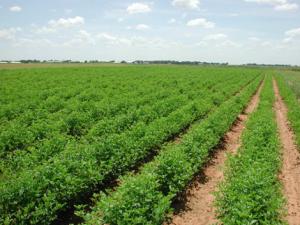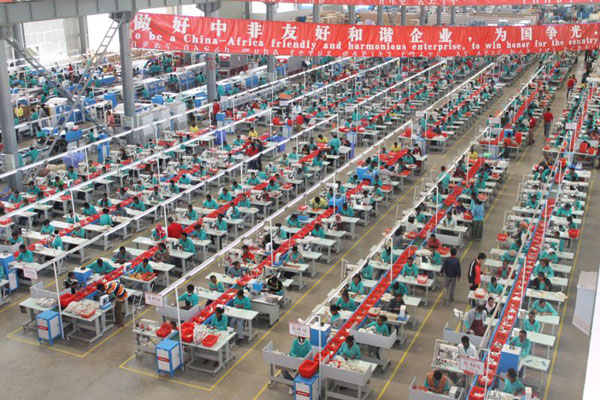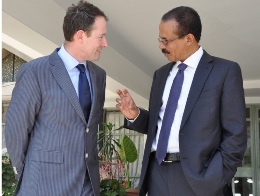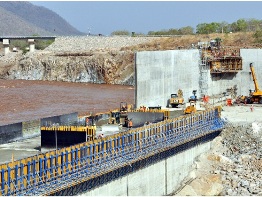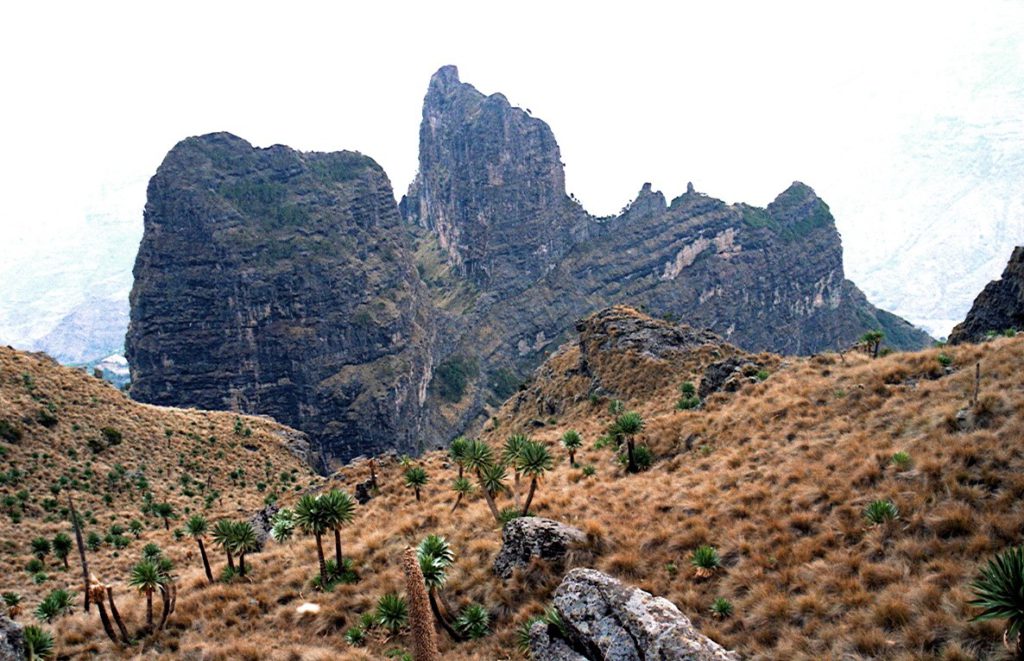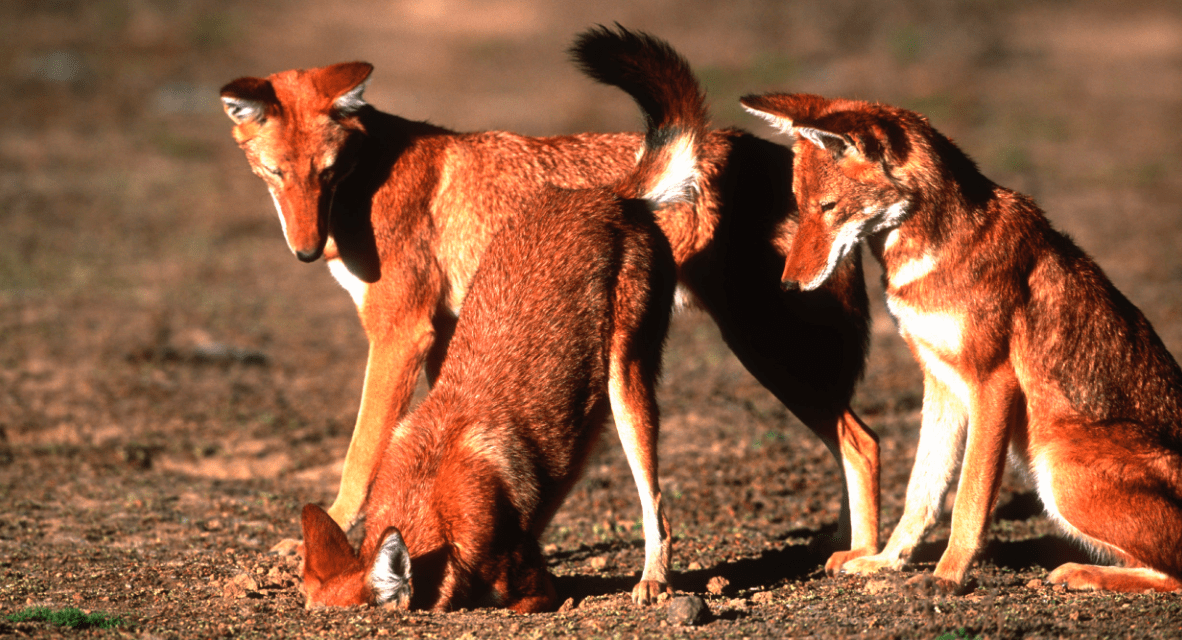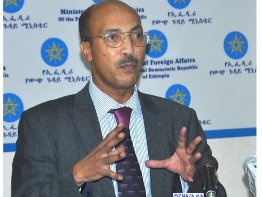This April, the 4th anniversary of the launching of the Grand Ethiopian Renaissance Dam (GERD) will be celebrated after achieving 41 percent of the Dam’s construction. Built on the Blue Nile, which originates in Ethiopia and provides 85% of the Nile waters, the project will satisfy the growing energy demand of the Ethiopian economy and will play a decisive role in the regional integration among Nile riparian countries. In fact, the 4th year anniversary of the dam construction will take place weeks after an agreement in principle was signed between Egypt, Ethiopia and the Sudan.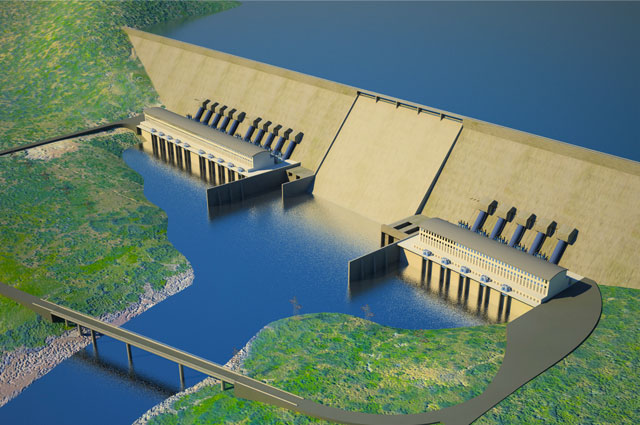
A cornerstone in Ethiopia’s development
The GERD hydropower project is at the center of Ethiopia’s development strategy and will be vital to achieve the status of middle income country by 2025. The construction of this flagship project started in 2011, and is expected to be completed by 2017. Its total cost is estimated at USD 4.7 billion, and it is entirely funded by the Ethiopian Government and the Ethiopian population. The construction is carried out by the Italian firm Salini Impregilo, and the French company Alstom has also been entrusted with the supply of turbines and generators.
First and foremost, the Grand Ethiopian Renaissance Dam will provide cheap and abundant electricity to the booming manufacturing sector of a country in which the electricity demand is growing by about 30 percent each year. Combined with a vast, cheap and trainable labour force, robust infrastructure development, political stability and a strategic location, this energy achievement will considerably boost the manufacturing capacity and attractiveness of Ethiopia. Furthermore, this new electricity production facility will enable Ethiopia to export cheap electricity to neighboring countries. This will have a positive effect on regional integration and development.
The completion of the Grand Renaissance dam will change the face of East African power infrastructure. It will be the largest dam on the continent: 1,780 meter long and 145 meter high. Upon completion, it is estimated to have the potential to generate 6,000 MW, which is equivalent to the combined power of 4 nuclear reactors. By next year, two turbines of the dam will start to generate about 750 MW of electricity.
Apart from power generation, advantages of the dam for downstream countries include: avoiding flood and excessive sediments and maintaining a regular and sustainable flow of water. The dam will be capable of handling a flood of 19,370 cubic meters per second. By creating a lake twice the size Lake Tana, it will provide immense opportunities for local communities through fishing and tourism potential.
Ethiopia has a hydropower potential of 45,000 MW which remains largely untapped until today. The country however has already planned and achieved the construction of several other hydropower facilities. Plants constructed in the last ten years include Tekeze (300 MW, completed in 2009), Gilgel Gibe II (420 MW, completed in 2010) and Tana Belese (460 MW). Gilgel Gibe III (1,970 MW) is 89% complete and is scheduled to begin generating power later this year.
Regional cooperation
Ethiopia took the initiative to establish an international panel of experts from the three riparian countries and other experts from other countries, to study the impact of the dam on the downstream countries. The findings of the panel of experts concluded that the dam will not have a significant impact on the downstream countries. Despite these results, Egypt raised concern about its water shares. Accordingly, Tripartite ministerial meetings were organized between Egyptian, Ethiopian and Sudanese representatives at ministerial level, in order guarantee a strong and continued dialogue. In this framework, it was agreed that a Tripartite technical committee was to meet regularly to assess technical aspects of the project. Among other prerogatives, the Tripartite technical committee has the mission to choose an international firm which will conduct a study on the environmental and human consequences of the dam. This study will be commissioned by the three countries and the results be binding.
A major step towards more regional cooperation around the dam was taken on 23 March 2015 in Khartoum, when the leaders of Egypt, Ethiopia and Sudan have signed a declaration of principe on Ethiopia’s Grand Renaissance dam project. “We could cooperate and accomplish great things or disagree and hurt each other… we have chosen to cooperate,” the Egyptian President El-Sisi stated at this occasion. On his side, Ethiopia’s Prime Minister Hailemariam Desalegn stressed that the Renaissance Dam will not cause any significant harm to the Egyptian people: Egypt and the rest of the Nile Basin countries are one family, he said.
The Nile Basin Initiative, a regional organization founded in 1999 aiming at improving the dialogue around questions concerning the Nile, congratulated the three countries for this achievement.
The last developments around the Ethiopian Grand Renaissance Dam show that Ethiopia is on a good way to make one dream come true: accelerating its development to eradicate poverty, attain economical well-being and reach the status of a middle-income country by 2025. This hydroelectric project will massively contribute to these goals. This is why the Government of Ethiopia and the people of Ethiopia are so committed to support the realization of this project, and will colorfully celebrate the 4th anniversary since the start of the construction next month.
Report written by the Embassy of Ethiopia in Brussels
